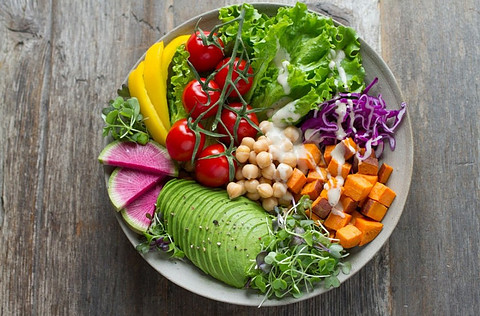
Cheap Healthy Meal Ideas – Vegan Nutrition For Athletes
Clean, Green, Quick and Easy
With a busy schedule, cheap, healthy meal ideas keep everything on track. What diet we consume can be a complex issue for many reasons.
I’m going to run through the reasons we’ve become “almost vegan” and list the essentials in our weekly shop that tick our health, budget and ethical boxes.
Almost Vegan
We recently made the decision to cut out (almost all…) animal-sourced foods from our diet. The switch was not particularly hard as we have included very little meat in our diet for quite some time.
Some other areas have been a little more difficult but are coming along (ie cheese! insert sad emoji here. And can someone PLEASE fill me in on a decent tasting alternative to cow’s milk for my coffee!).
UPDATE!! We are now fully, 100% Vegan! And feeling really good about the decision. You know when you have that little feeling that something doesn’t quite sit right with you? I guess that’s how we were feeling with the ‘Almost’ vegan part, still including sardines in our diet.
In saying that, everyone’s journey is different and comes down to a personal choice drawing on our individual life experience and information provided to us.
More Than Just Good Health
While what’s good for our health is a high priority, it is not the only reason for this decision. Like many things in life, why we do something generally has several influencing factors. Excluding animal-sourced foods appears to be better for our health, better for our environment and obviously better for the animals themselves.
Have you seen the documentary “The Game Changers”? Check it out here.
What is Best For Our Health?
I am not a scientist, nutritionist or health expert. I do however take a strong interest in what I fuel my body with and which foods will give me optimum health and performance. Therefore I do a lot of research on this topic.
What is frustrating is the huge amount of inconsistent and contradictory information that can be found on the topic of food and diet. There are many sources of information out there coming from a hidden agenda and therefore skewing the facts to better suit their end game.
Ultimately, it is up to us as individuals to make the best judgments from all the information we have at hand. One area that seems to have little argument is the benefit of including as much wholefood and organic produce as we can.
The Weekly Shop
Our weekly shop needs to tick several boxes. Healthy, low-cost and ingredients that are easy to turn into a delicious, wholesome meal. After all, training time is a priority.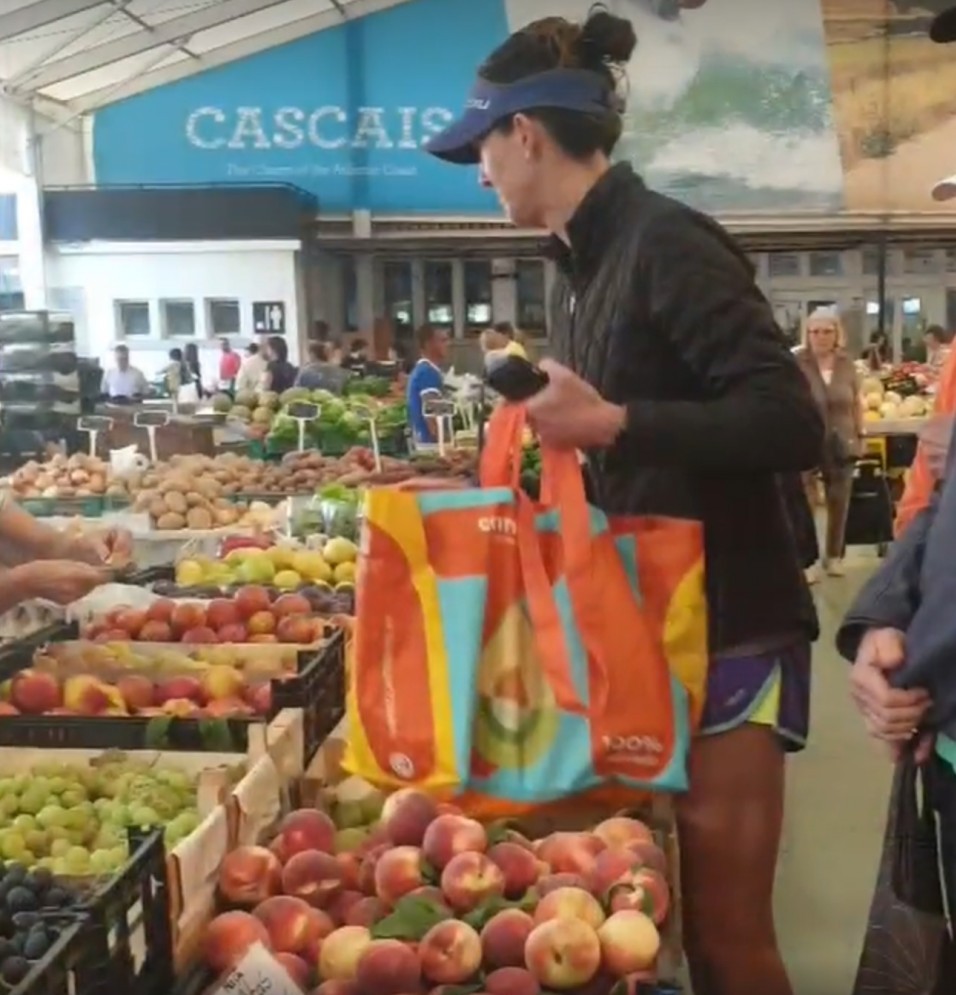
A good place to start with the above in mind is the local markets. We tend to spend around one third of our weekly food budget on fresh fruit and vegetables that account for around two-thirds of the diet.
Below are just a few of our staple items that help keep us energized and ready to hit the trails.
Next time you’re doing the grocery shopping, try adding some of these foods to your grocery list. Experiment with some of our tips and recipes in your weekly meals. I’m sure there will be some that will work well for you.
*note we aim for organic where possible while keeping budget constraints in mind. Where cost is an issue, aim to at least avoid the “dirty dozen” (buy these organic) and relax somewhat with the “clean fifteen”. Check out the lists here.
Sardines (the exception to the rule)
*no longer the exception (as above) but I have left these in for those that still include them in their diet.
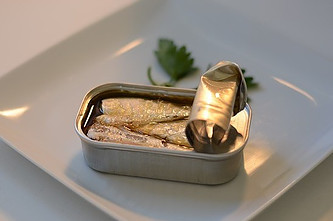
This is one of the reasons we call ourselves “almost vegan”, as we do add these to our diet. We usually have them once or twice a week, mainly for the fantastic B12 source which can be hard to come by.
They also happen to be one of the most sustainable fish to eat in terms of over-fishing and have very low levels of mercury due to being at the bottom of the food chain (they feed on plankton).
Add to the above their low cost and we are ticking many of the boxes! We can buy a can of sardines at our local grocery store for 59 cents (do note however, there is a wide variable in quality when it comes to sardines).
Typically one 90 gram tin of Atlantic sardines contains approximately 200 calories, 25g of protein, 15g of fat, and no carbohydrates, fibre, or sugars.
Sardines are one of the best available sources of vitamin B12 which is important for supporting cardiovascular health. They are also rich in selenium, phosphorus, omega-3 fatty acids, protein, and vitamin D. In addition, they contain significant amounts of calcium, vitamin B3 and B2, copper, and choline.
If you’d like to know more about this super food, check out this great article by Wendy Myers from Myers Detox – “Sardines are the Safest Fish on the Planet”.
Prep Ideas
Cook brown rice or wholegrain pasta.
Add-
- Sardines
- Dessert spoon or two of (vegan) mayonnaise
- Chilly sauce to taste
- Then mix together and eat
- Healthy add-ons could be canned black beans, avocado or baby spinach leaves.
Almonds
Almonds, are an excellent source of vitamin E, an antioxidant that many runners fall short on because there are so few good food sources of it. Eating a small amount of almonds 2-3 times a week can lower cholesterol levels, particularly the artery-clogging LDL type, decreasing your risk of heart disease.
Prep Ideas
These are a great snack to have daily on their own.
They can also be added to stir-fry’s and smoothies.
Sweet Potato
These easily digestible carbs are a great source of fiber, potassium, and vitamins A, C, and B6.
The beta-carotene in sweet potato is also a powerful antioxidant.
Sweet potatoes are also a good source of iron, and the two trace minerals manganese and copper which are essential for healthy muscle function.
Prep Ideas
- Select a small to medium size, clean, then stab multiple times with fork.
- Microwave on high for approximately 5 minutes.
- Once done, slice down the middle with knife, add favorite topping and eat.
- They can also be sliced thinly and deep-fried in coconut oil to make yummy chips.
Oats (Porridge)
Not all cereals have great nutritional value, particularly high processed mueslis made of refined grains that are packed with sugar.
Dietary fiber from whole grains like whole oats helps reduce cholesterol levels, may lower your risk of heart disease, and aids healthy bowel function.
Not to mention oats are a great source of energy for endurance athletes.
Prep Ideas
- Whole oats are best for you when making porridge, but quick oats take less cooking time if you don’t have much time.
- If using whole oats they can be soaked in water or plant milk the night before and you can mash up a banana to make it creamier.
- Add blueberries or dried coconut flakes are also nice.
- Sprinkle with cinnamon, crushed nuts, honey…. the options are endless.
Oranges and Bananas
Oranges are a great source of the antioxidant vitamin C. Research has shown that taking vitamin C supplements for two weeks prior to an event can help alleviate muscle soreness.
Endurance runners have increased needs for certain vitamins such as B6, require greater calorie intake, and must replace electrolytes such as potassium and magnesium lost because of sweating. Bananas naturally contain these essential nutrients and also are an excellent energy source.
Prep Ideas
Mash banana on toast is a favourite of mine for breakfast. Particularly on race morning.
We also make simple smoothies out of these two with our NutriBullet 900 series.
1. Banana, baby spinach leaves, half almond milk, half water, ice cubes, pea protein powder can also be added.
2.One or two peeled oranges, water, ice, and a very small piece of ginger (more ginger can be added, but very small to start with as it can be quite strong).
Canned Black Beans
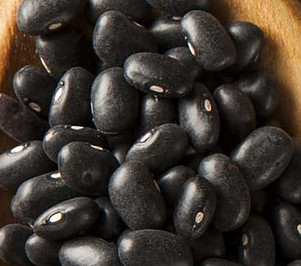
A single cup of canned black beans provides 30 percent of your RDI (recommended daily intake) for protein, and almost 60 percent of the RDI for fiber. Also, 60 percent of your RDI for folate, a B vitamin which plays a key role in heart health and circulation.
Black beans also contain antioxidants and lower cholesterol levels and heart-disease risk.
They are a low glycemic index (GI) food, meaning the carbohydrate in them is released slowly. Low GI foods can help control blood sugar levels and enhance performance because of their steady release of energy.
Prep Ideas
1. Open a can of black beans and pour into vegetable stock along with frozen mixed veggies for a quick soup.
2. Beans can be mashed with salsa for an instant dip for cut veggies.
3. Add beans to cooked pasta or rice for extra fibre and protein.
Frozen Stir-Fry Vegetables
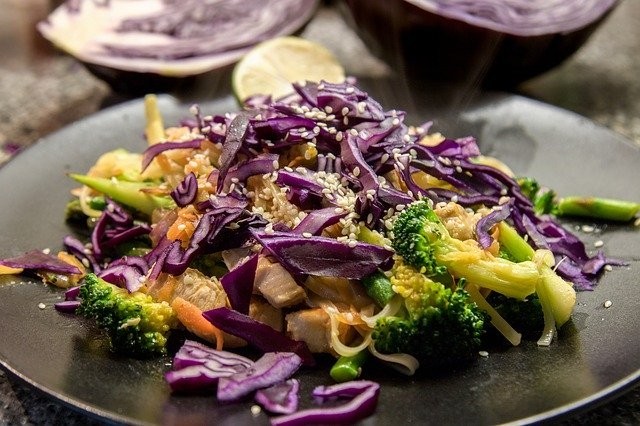
When selecting a ready frozen stir-fry veggie combo, make sure it includes a good variety of vegetables like red and yellow peppers, onions, bok choy, and soy beans.
These vegetables all have great nutritional and anti-oxidant properties to fuel your body. They say fresh is always best but studies have shown that frozen vegetable mixes provide the same nutrition as their fresh counterparts. They also save lots of prepping time which can be very convenient on a tight schedule.
Prep Ideas
- Can be added to soups, stews, stir-frys and as a topper for many dishes (eg. baked/microwaved sweet potato).
- They are quick and easy.
Whole Grain Pasta or Brown Rice
Pasta can help you restock your glycogen (energy) stores. Whole-grain is a much better choice over refined pastas because it contains more fibre, additional B vitamins for energy metabolism and disease-fighting compounds such as lignans.
Prep Ideas
- Most of the time we have pasta with sardines or a Bolognese with soy based meat replacement.
- We also add pasta to vegetable stews and curries to increase the carb intake.
Baby Spinach Leaves
Like beetroot, nitrates are found in greens like spinach leaves and can improve performance during exercise. They are also packed with numerous nutrition benefits and are easy to add into your diet.
Prep Ideas
- For quick consumption, add to smoothies.
- Also, can be used in a quick salad or added to a pasta dish.
- Great to throw them in the pan for a quick saute to add to the breakfast plate.
Avocado
Avocado is full of nutrients, packed with vitamins and minerals, including vitamin B and vitamin C, which aren’t stored in the body and need to be replenished daily.
They have the good monounsaturated fats, which can help improve heart health by reducing cholesterol and lowering blood pressure.
Prep Ideas
- We generally have avocado on toast of a morning (use instead of butter).
- Also, can be used in salad or used as a finishing touch to a pasta dish
- Guacamole!
Fresh or frozen Mixed Berries
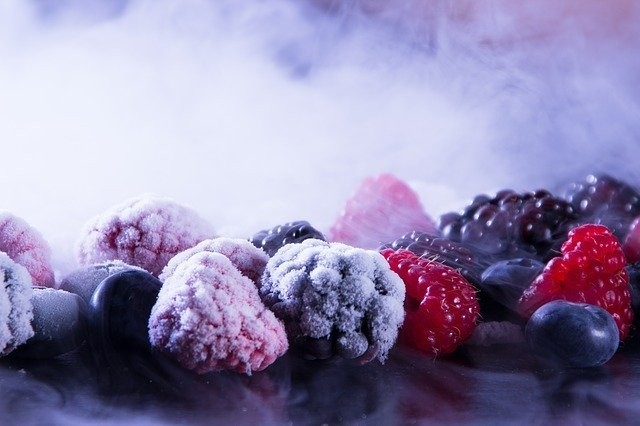
The compounds that make blueberries, blackberries and raspberries a rich shade of red are called anthocyanins. This is a powerful group of antioxidants that can help with a number of issues like Alzheimer’s disease and some cancers.
Anthocyanins can also assist with recovery and muscle repair. Frozen berries are just as nutritious as fresh ones, but they keep far longer, making it easier to always have them ready to eat.
Prep Ideas
- We add these frozen berries to smoothies or on top of porridge or muesli.
- To cool down a just-made steaming porridge, throw some frozen berries in.
Dark Chocolate
Now it is important to pick the right chocolate to get the benefits of this super treat.
Dark chocolate contains much more flavonols than milk chocolate, which is the key so choose the chocolate with the highest cacao percentage as possible.
These flavonols are potent antioxidants. They can-
- Boost heart health
- Lower blood pressure and total cholesterol levels
- Lessen artery-clogging and LDL cholesterol
- Ease inflammation
But before you go out and fill up you cupboards with dark chocolate, moderation is important here and indulging too heavily on this one can be detrimental to the waistline.
Prep Ideas
We generally indulge on this by its lonesome.
Also goes well in smoothies.
Related: Energy Gels For Runners – What is the Best Running Fuel?
Beetroot
The high nitrate content found in beetroot (and also often found in dark, leafy greens) naturally converts into nitric oxide in the body when consumed
Research shows nitric oxide can increase blood flow, improve lung function, and strengthen muscle contraction. Being able to produce more nitric oxide will improve muscle efficiency and therefore running economy.
This combination has stimulated athletes to supplement with beet juice for improved cardiorespiratory endurance and performance.
Prep Ideas
- We buy these from our Lidl supermarket, peeled in a vacuum sealed bag ready to eat.
- When coming up to an event I will eat one beetroot per day, by itself.
- I have also put them in the NutriBullet to make a smoothie, along with frozen berries and/or banana.
The Ever-Evolving Plan
Seeking out the best foods to fuel our bodies for health and performance is an ever-evolving journey. As new research and knowledge is found, along with other influencing factors such as environmental sustainability and our ethical beliefs, we will continually modify our diet accordingly.
Go ahead and try some of these nutritional ideas and let me know what you think in the comments below. I would also love to know your favourite cheap, healthy meal ideas, so please feel free to share!
Andrew

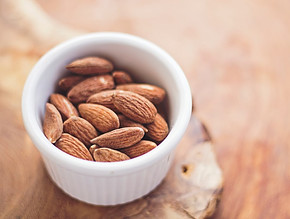
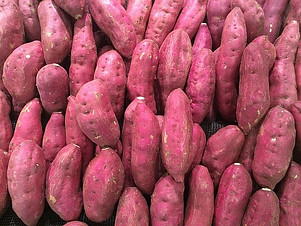
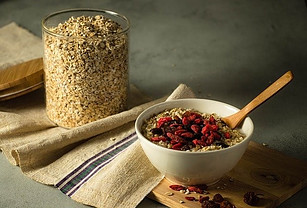
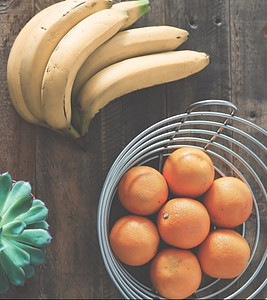
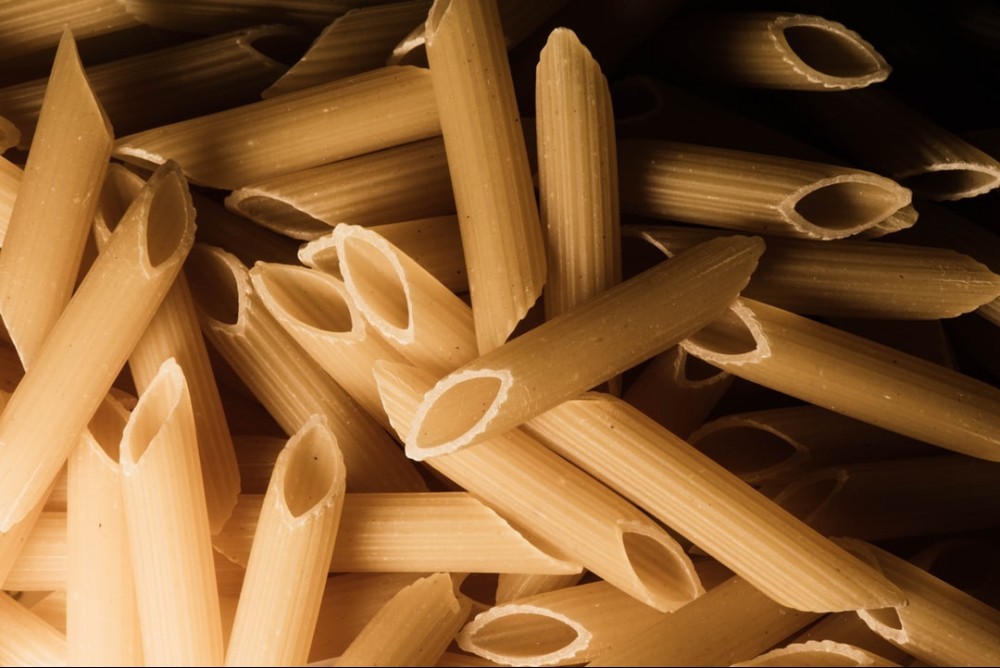
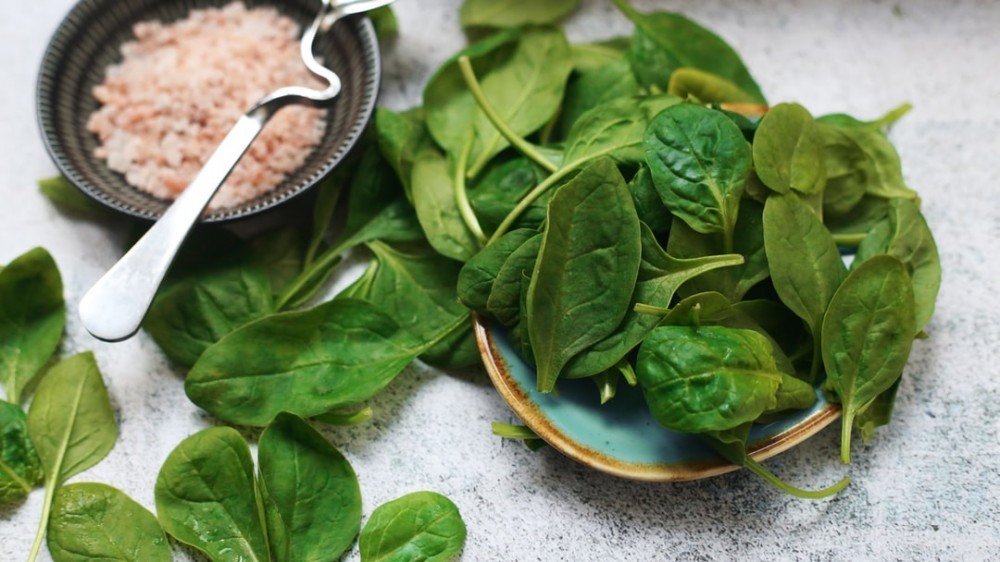
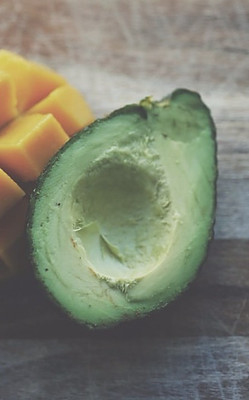
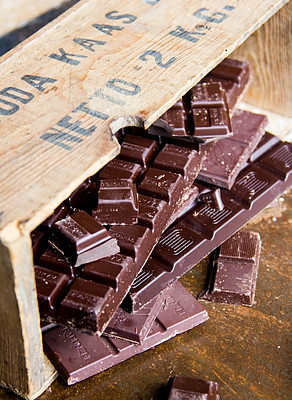
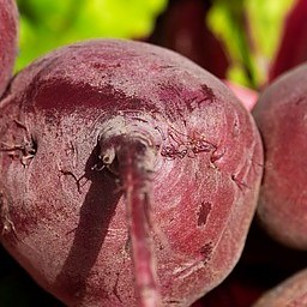
2 thoughts on “Cheap Healthy Meal Ideas – Vegan Nutrition For Athletes”
Great article
Here’s a quick and cheap meal I like to make.
Roast whatever veggies we have in the fridge or in season including garlic and onion. Add some chickpeas to the roasting tray and drizzle with olive oil salt and pepper.
Cook some brown rice
Combine once all cooked and serve with a scoop of avocado, some vegan mayo and a handful of baby spinach leaves
I love it! Definitely going to try this, sounds super easy and delish, thanks Emma!